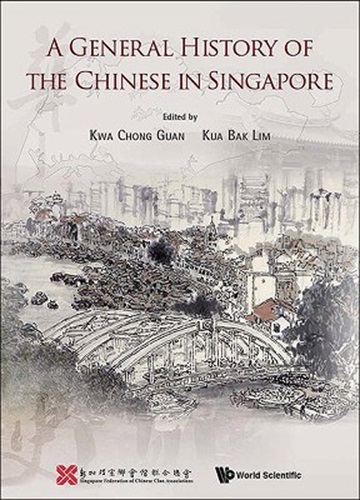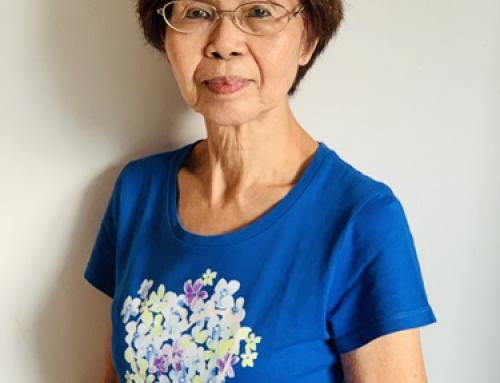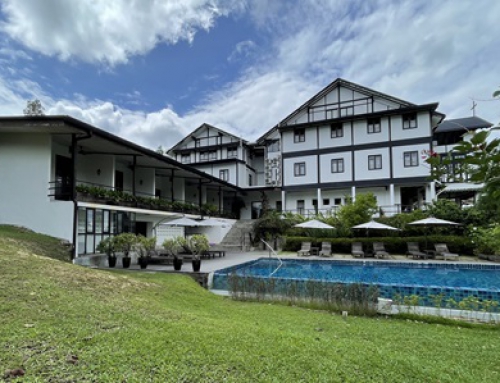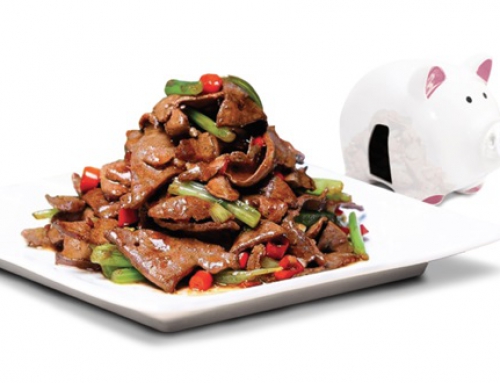千里之行 在此一举
—读《新加坡华人通史》英文版
文 · 林伟玲
“历史”这门学科,是对涵盖人类社会的各个层面,因时间流程所产生的变化所做的研究。除了自然事件外,塑造成当今世界的大多数事件,都是因为人类的决定和参与而发生的。 如果不将这些事件记录下来,保存记忆,我们将无法了解历史。对新加坡而言,事态是正面的,所以我们应该感到庆幸。

《新加坡华人通史》(英文版)的两位主编分别为新加坡历史学家柯宗元和柯木林。如果您想了解先民为何在新加坡落地生根,建立家园,您就不应该错过这部通史。在这本书中,您将了解到先民如何巧妙地建立各个社会体系,将19世纪的渔村向前推进。设立汇兑侨批、创建医院与学校以及提供妥善的坟山义地等,这些都是构建人性化现代社会的重要元素。您会感受到先民被卷入战争所面对的苦难与无奈,您也会被先民坚韧不拔的意志力所鼓舞。更重要的,您将了解到现代新加坡是怎样炼成的。
新加坡是个多元种族的大熔炉,各族群拥有自己独特的文化与传统。 如果我们问当下新加坡年轻人“你是谁”? 我们将得到各式各样的答案。如果进一步追问“你的根在何处”?没有多少人能作出准确的回答。事实上,甚至连他们的祖父母对自己来自何方都感到模糊。书中你会听到由他们的家族传述下来的几代人的故事,祖先从中国乘船来到此地,或者在马六甲或槟城出生。这部通史有一个篇章追溯马六甲/海峡华人,也就是我们常说的土生华人的来源。对于这些祖先来自中国的人士来说,此篇章相当有趣,值得一读。
《新加坡华人通史》不是一本普通的历史参考书,这部通史先以中文面世,现在出版英文本,让英文读者能够深入了解华人在新加坡奋斗的历史。从他们如何从中国漂洋过海,经历长时间的天险,来到南中国海群岛,到新加坡华人如何成立组织性的经济和政治制度,创建自己的家园,同时保留华族文化。这本书广泛涵盖了早期东南亚的华人历史。我读到有关“家书抵万金,侨批与新加坡侨汇”的章节,先民将南洋打拼辛苦赚来的金钱汇回中国,信息十分丰富。当时,民间信局汇寄回中国的侨批,由专门奔走于中国和新加坡两地的水客负责处理,促使新加坡建立起最早的银行体系。
任何一段历史都免不了冲突,新加坡从自由港的建立到落入日军手中的黑暗时期,无可避免地发生过许多冲突事件。这部通史涵盖了日本帝国的兴起,入侵和占领新加坡。新加坡沦陷前,新加坡华人积极参与抗日活动,成为日军报复的目标。
其实,笔者只是点到了这部厚重的通史的表面。是的,它很厚重,因为书中自有黄金屋。
老子的 “千里之行,始于足下” 这句话在全书无处不引起回响。如果我们的先民没有迈出第一步,新加坡就会完全不同;如果像柯宗元教授和柯木林先生这样尽心尽力的新加坡人没有迈开第一步来编辑这本书,我们不会如此深入地了解那段华人史,你说是吗?
(作者为文史爱好者)
中文翻译:李国樑
Review of “A General History of the Chinese in Singapore”
The definition of History is a study of change over time that covers all aspects of human society. Besides natural events, most of the events that shaped the world today happened because of human decisions and interventions. History will not be known if these events were not recorded or remembered. Fortunately for us Singaporeans, this is not the case.
This is the book, helmed by two chief editors, National University of Singapore historian Kwa Chong Guan and independent Singapore Chinese historian Kua Bak Lim, who is an SFCCA council member, you will want to read if you want to learn why and how your forefathers made Singapore their home. You will learn about and understand the system that they ingeniously place to make a 19th century fishing village forward in every aspect, a mail money system, building hospitals and schools and a proper burial place, all these to form a humane and modern society. You will feel the sufferings of the war, the frustrations and the resilient, effort and determination of our forefathers. Above all, you will learn how Modern Singapore became who she is today.
Singapore is a melting pot of different races with their own unique different cultures and traditions. But if you were to ask the Chinese youth of Singapore today, who are you? We will get a variety of answers. But if we delve further and ask, where are your roots? Not many can give accurate answers. The truth is even their grandparents have vague ideas where they actually came from. You will hear stories past down from generations that their forefathers came on a boat from China or their ancestors were born in Malacca or Penang. There is a whole chapter of the Malacca/Straits-born Chinese or the Peranakans as we know them and it proved to be a very interesting read for those whose forefathers came from China.
A General History of the Chinese in Singapore is not just an ordinary history reference book. This book had its first publication in Chinese and now this English
version will definitely not deny many English readers the pleasure of having insightful knowledge of the rich history of the Chinese in Singapore. This book extensively covered the early Chinese in Southeast Asia charting from why they had made the long perilous journey from China to the islands in the South China Sea to how the Singapore Chinese innovatively built an organised economic and political system to make Singapore their home while preserving the Chinese culture. I personally found one of the chapters, “Money by Mail to China. Qiaopi and Chinese Remittance in Singapore”, highly informative as how hard-earned money made in Nanyang was remitted back to China. Back then, the money was physically mailed back and handled by parallel traders commuting between China and Singapore. This also led to the creation of the earliest banking system in Singapore.
In every History of any kind, there will always be conflicts. Singapore has seen her fair share of conflicts, from the establishment of her being a free port to the dark period when she fell in the hands of the Japanese. The Chinese in Singapore were targeted because of their anti-Japanese activities before the downfall of Singapore to Japan. The book covered the rise of the Japanese Empire to their invasion and occupation of Singapore.
With that, I have only scratched the surface of this weighty book, yes it weighs a lot but its weight is worth its gold.
“The journey of a thousand miles begins with one step.” – Lao Tzu
This saying resonates the entire book, if our forefathers had not made that single step, Singapore would be completely different. And if commit- ted Singaporeans like Professor Kwa Chong Guan and Mr Kua Bak Lim had not made this step to pen this book, then we will never know, won’t we?


参与大华银行广告拍摄-500x383.jpg)



